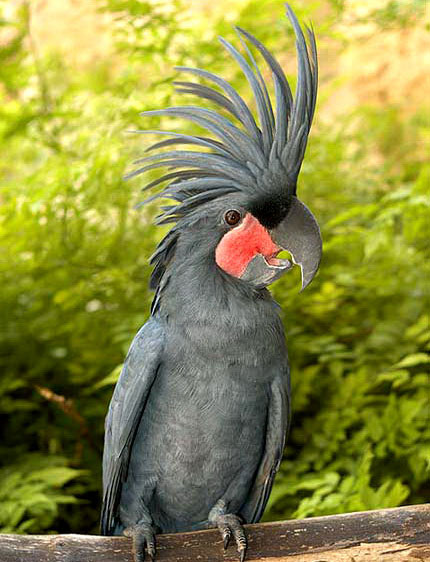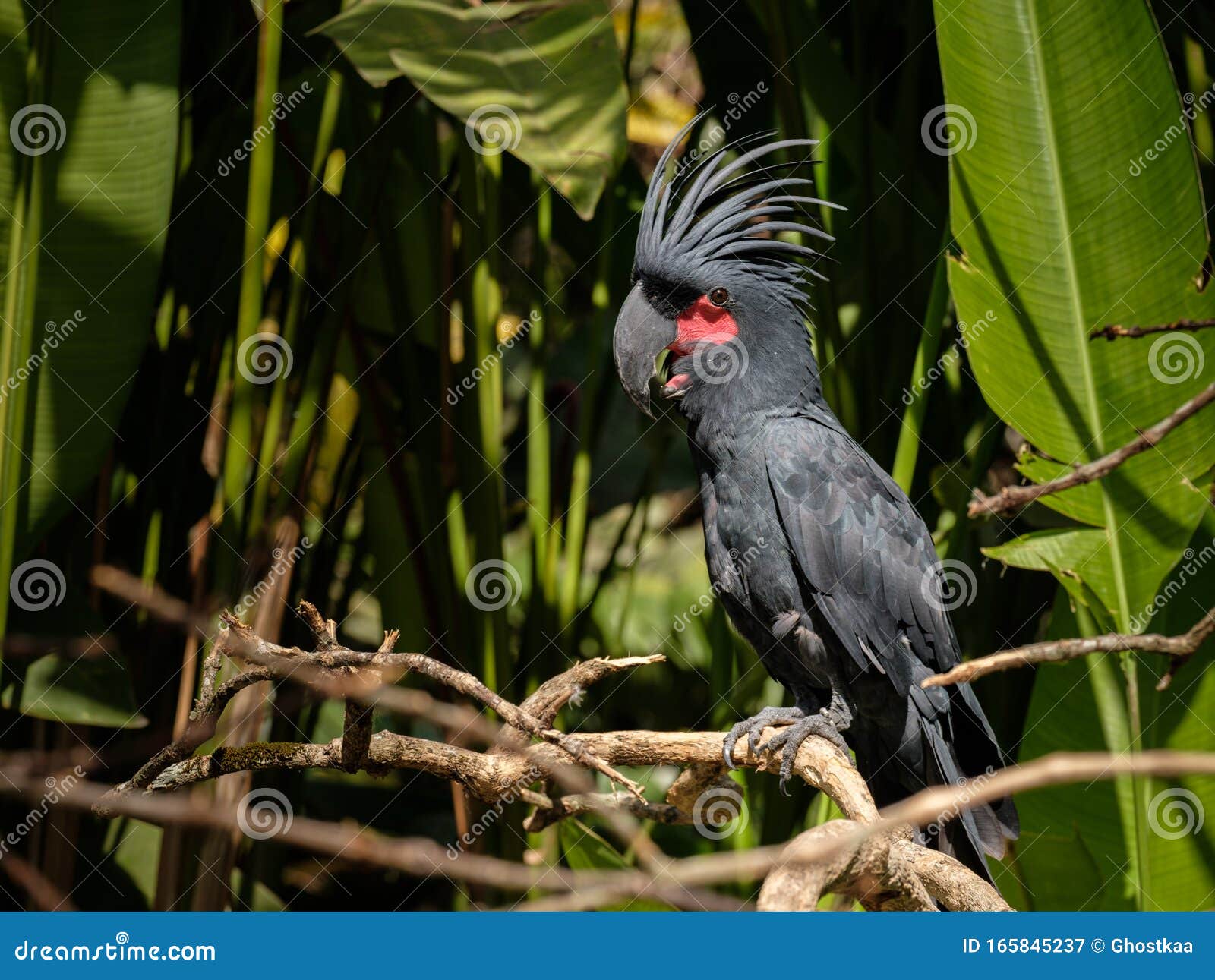
Anecdotal evidence indicates a palm cockatoo reaching 80 or 90 years of age in an Australian zoo, although the oldest confirmed individual was aged 56 in London Zoo in 2000. Distinct dialects occur throughout the species' range. The palm cockatoo has a large and complex vocal repertoire, including many whistles and even a "hello" call that sounds surprisingly human-like.
#PROBOSCIGER PATCH#
The palm cockatoo also has a distinctive red cheek patch that changes colour when the bird is alarmed or excited. The beak is unusual, as the lower and upper mandibles do not meet for much of its length, allowing the tongue to hold a nut against the top mandible while the lower mandible works to open it. The male has a larger beak than the female. This powerful bill enables palm cockatoos not only to eat very hard nuts and seeds, but also enables males to break off thick (about 1 in) sticks from live trees to use for a drumming display. It is a distinctive bird with a large crest and has one of the largest bills of any parrot (only the hyacinth macaw's is larger).


It may be the largest cockatoo species and largest parrot in Australia, although large races of yellow-tailed black cockatoos and sulphur-crested cockatoos broadly overlap in size. Confusingly, this name was also used by early naturalists and Brazilian natives to refer to the dark blue hyacinth macaw. It is also sometimes given the misnomer "black macaw" in aviculture - the macaws are unrelated New World parrots. The species was named the "Goliath Aratoo" in Wood's Natural History (1862). "Palm cockatoo" has been designated the official name by the International Ornithological Committee (IOC). stenolophus, similar to the goliath, but crest feathers are much narrower). macgillivrayi, intermediate in size, and the northern palm cockatoo (P. aterrimus), the larger goliath cockatoo (P. Earlier limited genetic studies found it to be the earliest offshoot from the ancestors of what have become the cockatoo family.įour subspecies are recognized, three poorly differentiated and one distinctive.

The only member of the monotypic genus, Probosciger, the palm cockatoo is a member of the white cockatoo subfamily Cacatuinae. Its specific name, Probosciger aterrimus, is from Latin proboscis, long thin nose + -ger, carry, and Latin superlative adjective for ater, black, hence a "black with a long thin nose (beak)". This information is sourced from the WildNet database managed by the Queensland Department of Environment and Science.The palm cockatoo was originally described by German naturalist Johann Friedrich Gmelin in 1788 as Psittacus aterrimus.

This profile data is sourced from the QLD Wildlife Data API using the Get species by ID function used under CC-By 4.0. Online Zoological Collections of Australian Museums (OZCAM).Species Profile and Threats Database (SPRAT).Great palm cockatoo Nature Conservation Act 1992 (NCA) status Endangered Environment Protection and Biodiversity Conservation Act 1999 (EPBC) status Vulnerable Conservation significant Yes Endemicity Native Pest status Nil Species environment Terrestrial Other resources WildNet taxon ID 1175 Synonym(s) Probosciger aterrimus Alternate name(s) Cape York cockatoo A Reference-List to the Birds of Australia.
#PROBOSCIGER DOWNLOAD#
Animalia (animals) → Aves (birds) → Cacatuidae (cockatoos and corellas) → Probosciger aterrimus macgillivrayi (palm cockatoo) Sighting data Download KML | CSV | GeoJson Species details Kingdom Animalia (animals) Class Aves (birds) Family Cacatuidae (cockatoos and corellas) Scientific name Probosciger aterrimus macgillivrayi (Mathews, 1912) Common name palm cockatoo Type reference Mathews, G.M.


 0 kommentar(er)
0 kommentar(er)
